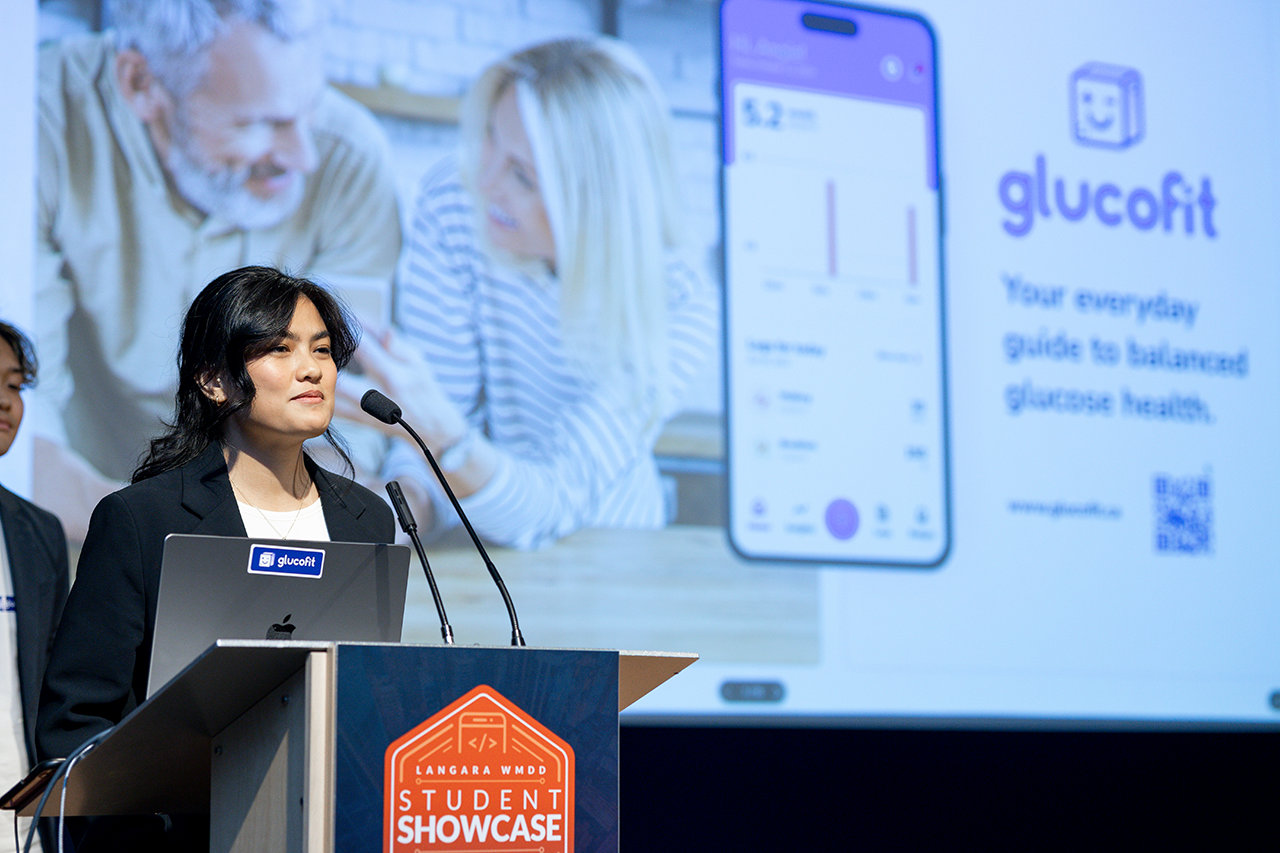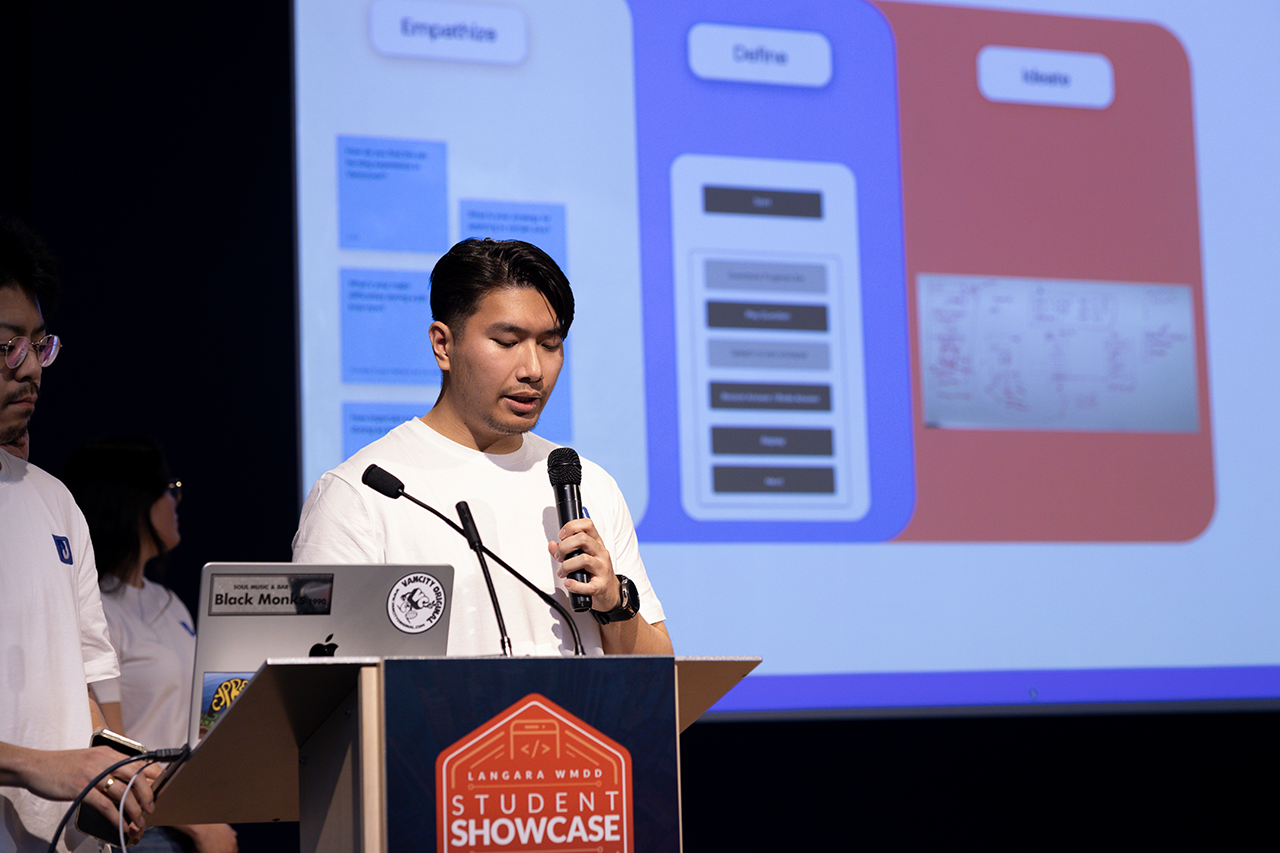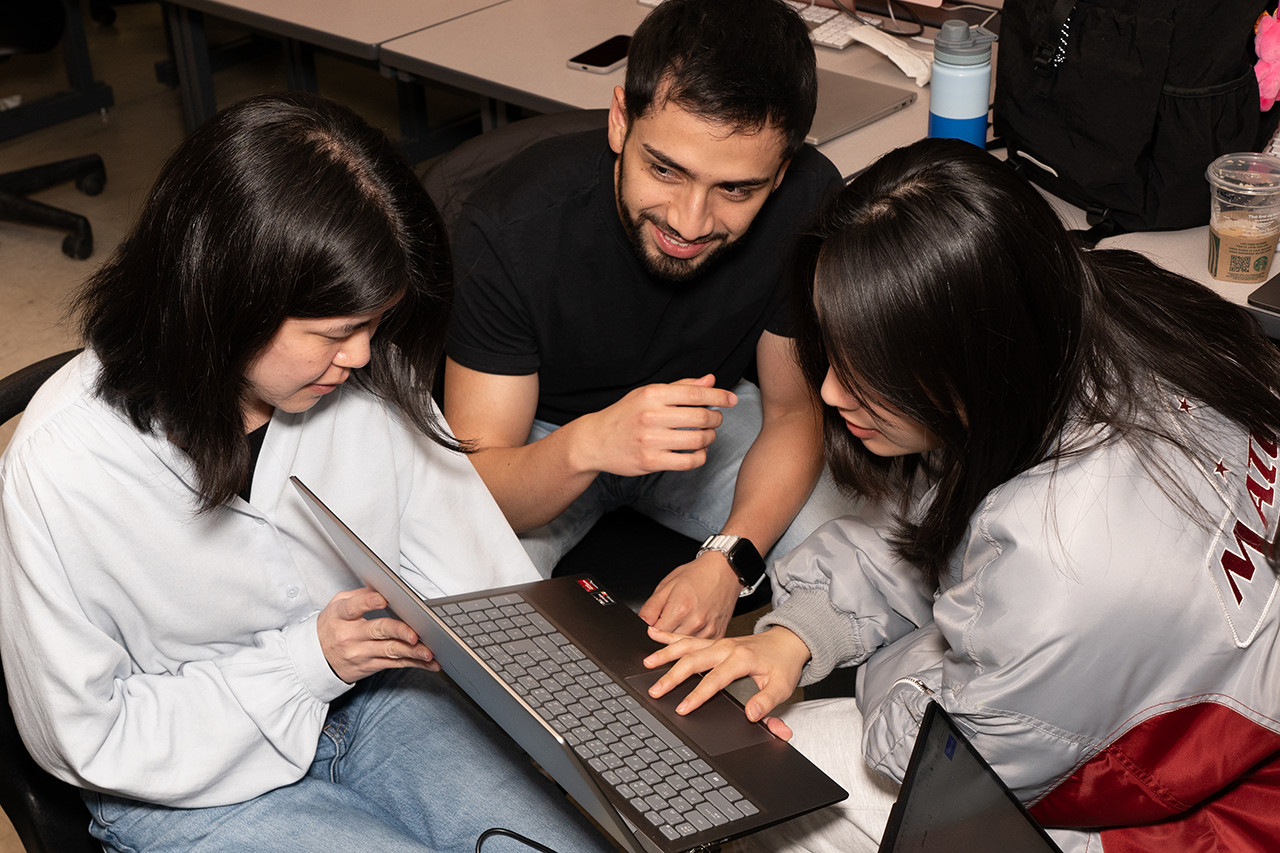What Do You Need to Know to Become a Web and Mobile App Designer in 2025

Thinking about a career in web and mobile app design? You’re looking at one of the most exciting fields in tech right now. It’s a career that lets you be creative every day while solving real problems that affect the lives of millions of people. Plus, the job market is strong and earning potential is great.
But before we dive into the technical details, let’s start with something more fundamental: understanding why you want to pursue this path in the first place.
Start with Your “Why”
Before learning any design software or studying color theory, you need clarity on what’s driving you toward this career. Your “why” will be your compass through the learning process and will help you make smart decisions about your career path.
Your motivation might be:
- Creative fulfillment: You want work that combines creativity with problem-solving
- Technology passion: You’re fascinated by how digital products work and want to shape user experiences
- Career opportunity: You recognize the strong job market and competitive salaries in design
- Specific goals: There’s a particular company or type of work you’re targeting
- Making an impact: You want to create products that genuinely improve people’s lives
Whatever your reason, own it. There’s no wrong answer here, and having that clarity will help you decide where to put your focus.
What Web and Mobile App Designers Actually Do
Here’s the thing about design work: it’s not just about making things look pretty, though visual appeal is certainly part of it. As a designer, you’re essentially a problem-solver who uses visual and interactive tools to help people accomplish their goals.
Your day-to-day work involves:
- Collaborating with managers, developers, product owners, and users to understand problems
- Designing functional flows and user journeys that make sense
- Making visual decisions about colors, fonts, images, and layouts
- Creating user-friendly interfaces that help people complete tasks efficiently
- Communicating your design decisions clearly to stakeholders
One day you might be sketching user flows, the next you’re choosing color palettes, and the day after that you’re explaining to a developer why a button needs to be positioned exactly where you placed it. It’s varied work that keeps things interesting.


Essential Skills for Success in 2025
To thrive as a designer, you’ll need to develop both creative and technical abilities, plus some crucial soft skills.
Design Expertise
Your design skills break down into two main areas:
User Experience (UX) Design focuses on functionality and flow. You’ll learn to understand user needs, map out user journeys, and design intuitive navigation systems. This is about making things work well.
Visual Design covers the aesthetic elements—layout, color theory, typography, imagery, and visual branding. This is about making things look good while supporting functionality.
The best designers are comfortable with both sides of this equation.
Design Thinking and Critical Evaluation
With AI tools becoming more prevalent in design workflows, your ability to think critically about design solutions is more valuable than ever. You need to understand fundamental design principles and be able to evaluate whether a design effectively solves the intended problem—regardless of whether that solution came from AI or traditional methods.
This means developing a strong foundation in design theory and the ability to articulate why something works or doesn’t work.
Technical Tools
You’ll need to learn some of the key design software depending on the project needs:
- Figma: The current industry standard for user experience, interface design and team collaboration.
- Adobe Photoshop: Essential for photo editing and complex visual design work
- Adobe Illustrator: Perfect for creating logos, icons, and vector graphics
Most mainstream software now has AI features built in. Utilizing those features can speed up the workflow.
The Web and Mobile App Design and Development Program Advantage: Where Theory Meets Practice
Our Web and Mobile App Design and Development (WMDD) program is built around one core principle: learning by doing. Here’s what makes our approach different:
Real-World Project Experience
Instead of just learning theory, you’ll work on actual projects with real deadlines. Our three intensive project classes require you to build real websites and mobile apps. You’ll work in teams that combine designers and developers, experiencing the full product development cycle from initial concept to working product.
Collaborative Learning Environment
By design, the WMDD program stresses collaboration, with all the most significant projects completed by teams of students, each in different roles. This creates a rich learning ecosystem where everyone teaches and learns from each other, much like you’ll experience in the professional world.
Built for Beginners
You don’t need any prior design experience to succeed in our program. We start from the fundamentals, and both designers and developers take foundational classes together. This shared foundation creates better communication and collaboration skills—something employers really value.
Building a Portfolio That Opens Doors
Whether you’re planning to work at a company or freelance, your portfolio will be your most important job-hunting tool. It needs to showcase not just your final designs, but your thinking process.
Tell the Story Behind Your Work
Don’t just show pretty pictures. Walk viewers through your design process with detailed case studies. Even someone without design experience should be able to follow your methodology and understand your decision-making process.
Explain Your Design Decisions
When you present a project, explain your choices. For example: why did you pick that color palette? Maybe you considered color psychology principles, accessibility requirements, or brand guidelines. This kind of strategic thinking shows employers you’re not just decorating—you’re solving problems.
In this program, you will learn about many design subjects like shapes, color, typography, branding etc, and practice the vocabulary and reasoning skills you will need to communicate effectively with industry stakeholders.


Staying Connected and Growing Your Career
The design field evolves quickly, so continuous learning and networking aren’t optional—they’re essential for long-term success.
Build Your Professional Network
Connecting with other designers and industry professionals is very beneficial to your career development. It gives you:
- Insights into emerging trends and new technologies
- Inspiration and opportunities for collaboration
- Access to job opportunities (many positions are filled through networks before being posted online)
- Mentorship and career guidance from experienced professionals
Join the WMDD Community
The WMDD program includes ongoing access to a vibrant community of students and alumni. Through regular events and networking opportunities, you’ll build relationships that support your career long after graduation. Many of our graduates find their first jobs through connections made in our community.
Ready to Take the Next Step?
If you’re someone who values hands-on learning, enjoys collaborating with people from diverse backgrounds, and wants to enter a creative field with strong career prospects, web and mobile app design could be exactly what you’re looking for.
The journey requires dedication and continuous learning, but with the right foundation, community support, and practical experience, you’ll be well-equipped to build a rewarding career in this exciting field.
Curious about what our students create? Check out our showcase website to see the kind of projects you could be working on. From mobile apps that solve real-world problems to websites that serve actual businesses, our students build things that matter.
Your future in design starts with taking that first step. We’re here to help you take it.
Click here to learn more about our Web and Mobile App Design and Development program





